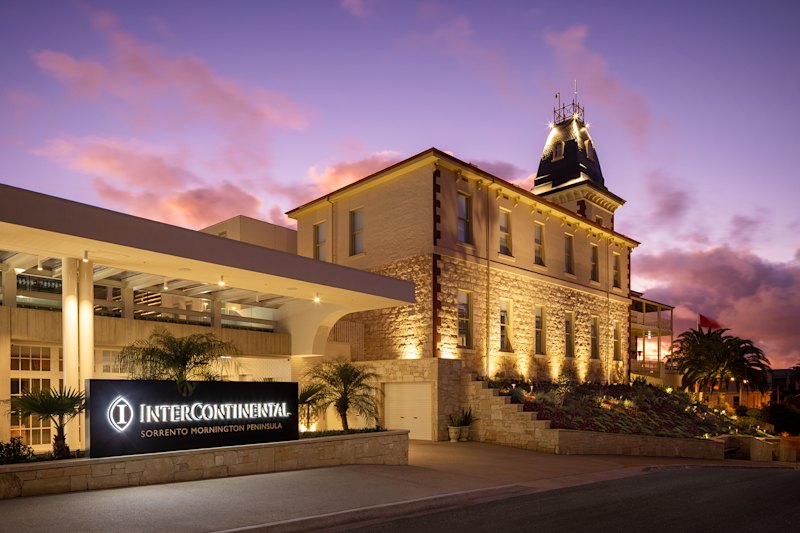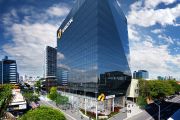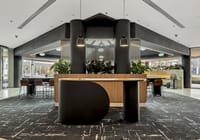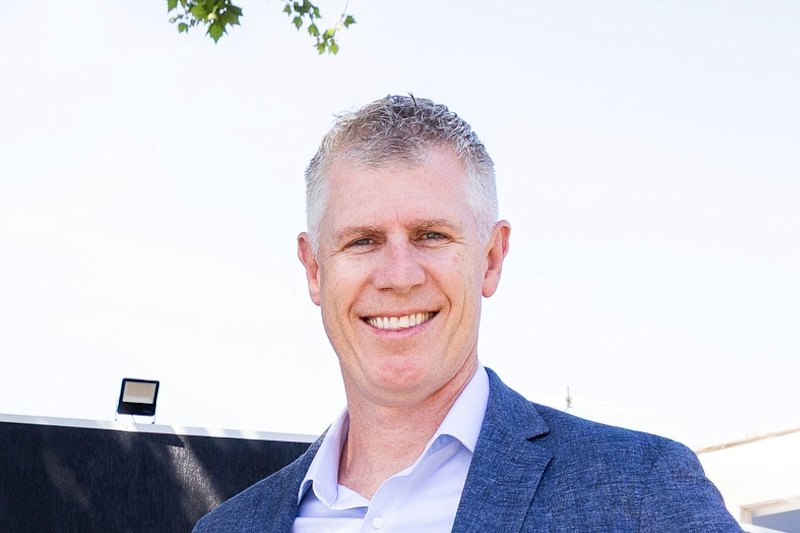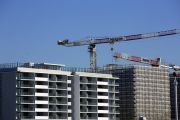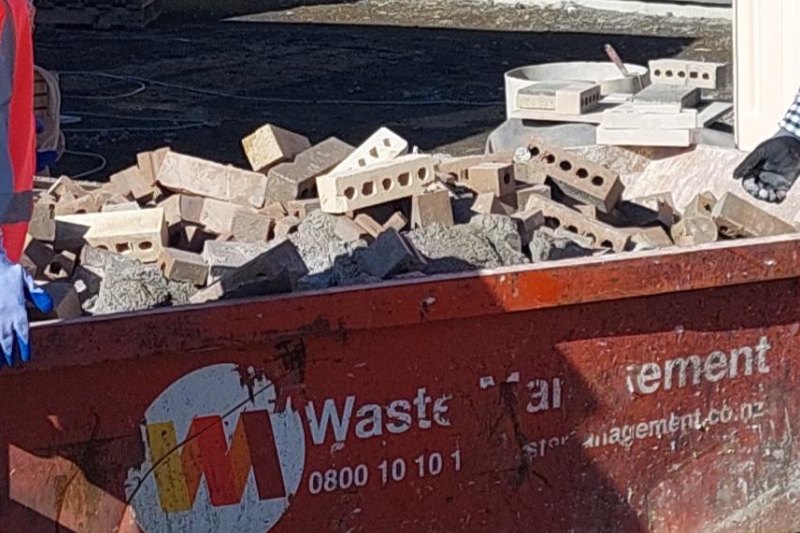
How to get to net zero with recycled building rubbish
According to Maroun Rahme, founder of Nu-Rock, which makes building products out of waste materials such as coal ash and steel slags, just by implementing this technology “and doing nothing else” Australia could achieve its net-zero target by 2030.
“The cement industry [alone] produces 25 per cent of the world’s CO₂ emissions. They say 8-9 per cent, but they don’t include the limestone that they burn that releases CO₂ as well,” says Rahme.
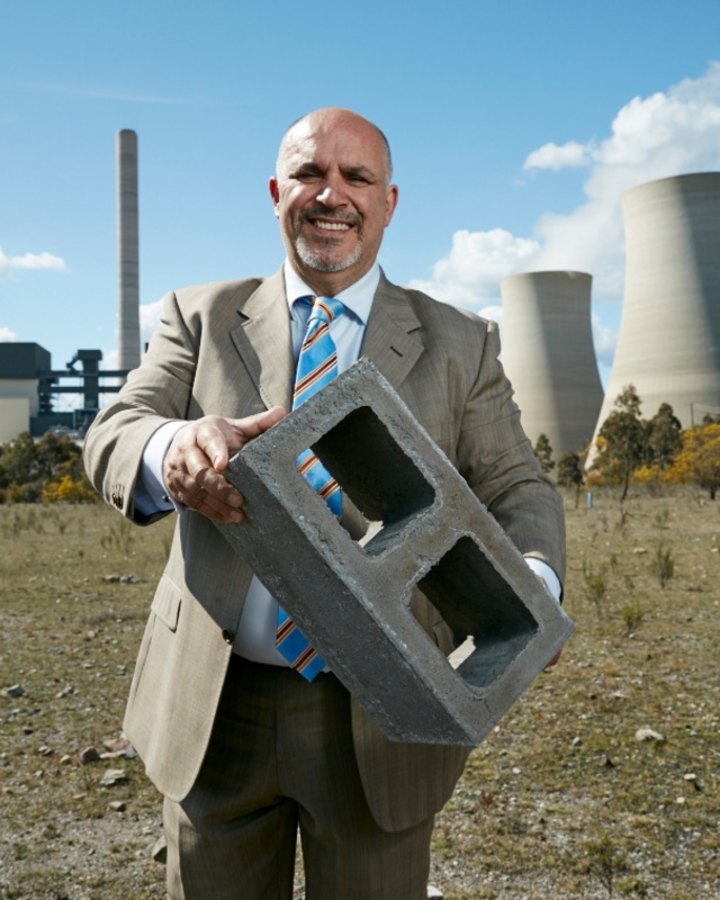
Developed and tested over the past 34 years, Nu-Rock, which is this year’s AFR Sustainability Leaders winner in the Property and Construction category, uses a chemical curing process that turns waste products into “formulated rock” that can be shaped into building blocks. These do not deteriorate like traditional Portland cement and are stronger and more durable.
Importantly, during the curing process these blocks absorb carbon dioxide to create the lowest embedded energy concrete or cement substitute product in the world, a claim that Rahme says has been verified by the CSIRO, the University of NSW and Western Sydney University.

“We’re a site-remediation company that turns the waste into a product so that it doesn’t cost money to clean up the site,” he says. “It makes money. It’s a completely different philosophy to those companies that will charge per tonne to clean it up.”
He reels off the advantage of Nu-Rock products over traditional cement-based ones: they cost less to manufacture, they’re lighter, more fire-resistant, they have more compressive strength, are salt and acid-resistant, have better thermal and acoustic qualities, and can be shaped into any article you want.
“The most important thing, though, is that we just got our Environmental Product Declaration rating, [the international standard for measuring the carbon footprint of all concrete and construction products]. We are the first carbon negative masonry product in the world with minus 23.3kg of CO₂ emitted for every 1000 kilograms of product made,” he says.
“Cement emits between 450 and 600kg of CO₂ per 1000kg, and that’s excluding the limestone they burn [to make it].”
But the real beauty of his product is that while traditional concrete requires the quarrying of materials such as sandstone, gravel and aggregates out of the ground at huge cost, there is almost an endless supply of waste material to make the bricks, blocks, pavers and other products using the Nu-Rock manufacturing method.
Using waste for good
“You could fill the entire Sydney Harbour above the waterline just with ash from all the power stations in NSW. There’s about 680 million tonnes of ash [in NSW] which gives you perspective as to how big the [waste] problem is,” he says.
Backed by a small but loyal group of investors, Nu-Rock is completing its first manufacturing plant at Energy Australia’s Mount Piper power station near Portland in Central Western NSW. Once fully operational it will be able to produce in a single shift 270,000 megatonnes (MT) of building blocks using coal ash waste.
“At Mount Piper [which will be closed in 2040] there is over 45 million tonnes of ash, and just 8km a way at [the closed] Wallerawang [Power Station] there is another 70 million tonnes,” Rahme says.
Once he can demonstrate the process at Mt Piper, Rahme believes he can showcase the extent to which the Nu-Rock technology can change the way building products are manufactured forever, not just in Australia but around the world.
Not only that, but if the technology is adopted by others, it can clean up all the waste produced by not just coal-fired power plants, but mines and all sorts of industrial manufacturers. Nu-Rock, Rahme says, can even use household waste like plastic and rubber tyres to make its building products.
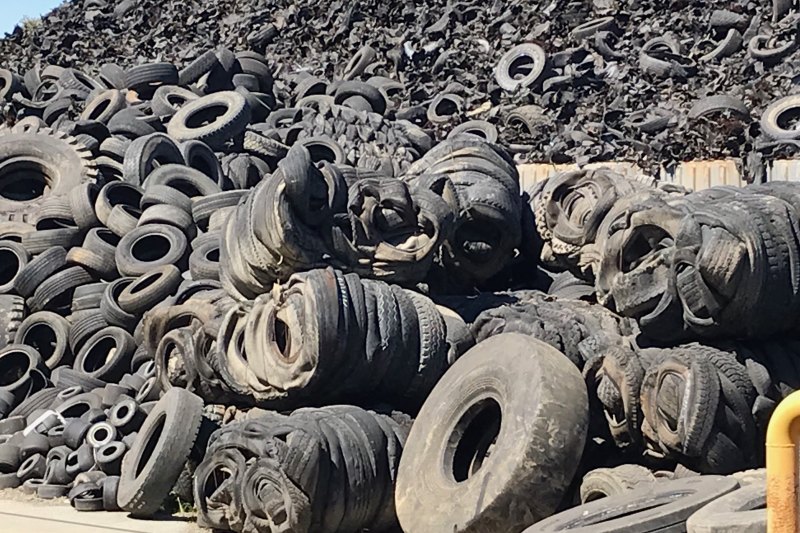
Rather than pay remediation companies millions to clean up their sites, producers of waste can make money by turning this waste into construction products that reduce carbon emissions, benefit the environment and help solve the crisis in the building industry created by surging building material costs.
Winning an AFR Sustainability Leaders award could also help generate wider interest and the financial support to help Nu-Rock fast-track the development of new products and expand into markets overseas.
“My accountant encouraged me to enter,” he says. “He told me, ‘no one knows what you are doing and maybe this will help you get a bit of government support finally.’”
First developed in 1990 – and used back then to manufacture houses in South Africa under a deal with steel company Iscor (now part of Indian steel magnate Lakshmi Mittal’s ArcelorMittal) – Rahme says he has had to fight roadblock after roadblock from incumbent cement and concrete giants that felt threatened by his product.
But he says he isn’t interested in becoming a billionaire or running a building product manufacturing company. Instead, he wishes to collaborate with others to bring down the cost of building materials.
“I want to keep developing new products and ideas to save money so that these companies can make money. Everyone who eats at the table makes money, even those who produce the waste,” he says.
“Let’s use that waste and stop quarrying and digging things up.”
Summerset Group
New Zealand retirement village developer and operator Summerset Group is a leader in the Property and Construction category for the implementation of a construction waste avoidance programme across its business.
“Since the programme started [in October 2021] we’ve avoided approximately 6000 tonnes of construction waste going to landfill,” says Debbie Summers, head of sustainability for Summerset.

In addition, 1,275.84 tonnes of carbon has been abated between October 2021 and December 2023 due to its innovation, which it calls “building out waste by thinking green”.
The innovation is based around onsite sorting, which allows the developer to identify waste within its design and construction processes that can be recycled rather than sent to the tip.
“Prior to the introduction of our construction waste avoidance programme you might have seen bins for up to three waste streams on site, whereas now you could see in excess of 10 different bins for different waste streams,” Summers says.
“You might also find bins located strategically throughout the site and where construction is taking place rather than being located miles away. This assists with efficiency and reduces any double handling of waste, which often results in waste going to landfill.”
At Summerset’s St Johns development in central Auckland (due to open in late 2024 and be home to about 400 residents) more than 3168 tonnes of waste has been diverted from the landfill.
Not only is Summerset implementing this waste-management system across all 17 of its construction sites (and all those in the future) it has upskilled, educated and trained its staff and individual site subcontractors across its projects.
“We expect savings of around 50 tonnes of carbon per site per year, with this increasing in line with our sustainability linked lending,” Summers says.
Cbus Property
Also a Leader in the awards this year is Cbus Property, the development arm of Cbus Super, for its 83 Pirie Street office building in Adelaide. It is the first all-electric, net-zero designed office building in operation in Australia.
According to Cbus, it paves the way for other buildings to adopt similar designs, accelerating the transition to a low-carbon economy. It is also one of the first not to use gas for retail operations.
“Compared to our office portfolio’s average consumption, 83 Pirie has saved 8907 gigajoules in overall energy consumption and 7922 kilolitres in water consumption per annum,” a spokesman says.


